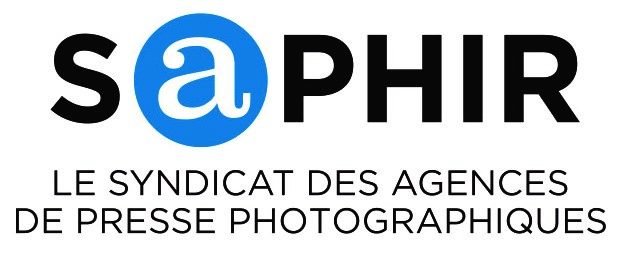On 29 November 2016, the Committee on Legal Affairs of the European Parliament held a public hearing on Copyright Reform. The aim of this hearing is to examine the copyright directive proposal and especially the question of the so-called “value gap” in the context of the use of protected content by online services.
The hearing will provide for an exchange of views with experts, allowing JURI Members to benefit from their knowledge and better analyse the solutions proposed by the Commission for ensuring protection of creative works.
Chair is Pavel Svoboda
Rapporteur is Therese Comodini Cachia
Programme; Hearing on copyright reform 29 Nov 2016 – Programme
On the panel:
- GOOGLE (Tobias McKenney),
- Blue Efficience (Thierry Chevillard)
- BEUC (Augustin Reyna)
- Impala (Matthieu Philibert)
- CEPIC (Sylvie Fodor)
The hearing was streamed.
Sylvie’s contribution may me downloaded here
- Powerpoint in PDF format CEPIC transfert de la valeur value gap NoV 2016
- Oral Speech CEPIC transfert de la valeur value gap NoV 2016
The Value Block in the Picture Industry (Summary)
Sylvie explained that in the picture industry the “value gap” is really a “value block”. The value gap or value block stems from a business model based on the unautorized use of third party content with no ownership check. Platforms encourage their users to share pictures. This way, they attract users on their platforms, gather the user data and generate revenues from advertising ; from this advertising revenue not a penny goes back to the rightholders whose content has been used without authorization. Image search engines represent a major manifestation of this business model growing from the value block. Image search engines aggregate and participate in the sharing of a large amount of images. In the last couple of years, they have developed features in order to keep users on their platforms, showing the images in full size in a frame, proposing users to browse through similar images, yet not referring back to the websites where the images are hosted. (Visits to source websites where photos are hosted have dropped by 70 to 80%.) In this context, CEPIC welcomes the directive proposal as an encouraging first step. The Directive:
CEPIC welcomes the reference to technology in Art.13. This reference formalises the present situation ; it will drive the development of new technologies and the development of copyright friendly business models on the Internet. HOWEVER: For the image sector specifically, the positive provisions of Art. 13 and relevant recitals are annihilated by the fact that the “framing loophole” has not been closed. The Directive excludes aggregators and framing in Art. 13 and all types of hyperlinks in Recital 33. Not all links are equal. There is a difference between a link that points to content and a link that displays content. Aggregators do not typically store the content, not for pictures in any case. They frame the content. This means that in order to display a picture, they establish a deep link in the database where the image is stored. Sylvie provided a couple of examples of stored v. framed pictures to show that, from a user experience, the pictures appear in the same way. Excluding framing would de facto exclude pictures from the scope of the Directive. Conclusion: As conclusion we think this Directive is a step in the right direction. It’s been written for the music and audio-visual industries. Unless the framing loophole is closed, its benefits will be annihilated for the picture industry. We want to share pictures, we want pictures to be shown, we want to produce pictures. For this we need to be paid for. There is no reason why the picture industry should be left behind by the legislator. |
















